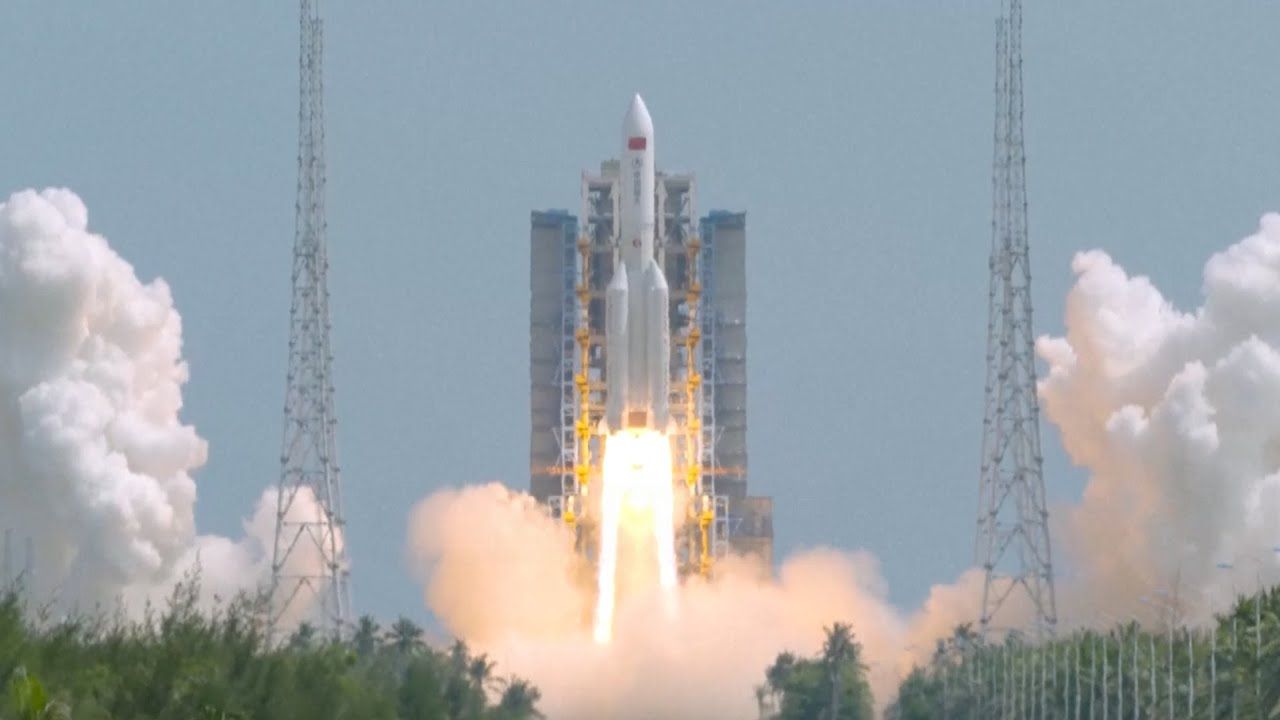
China’s commercial space industry is rapidly emerging as a formidable force in global space exploration. By 2049, projections suggest that China’s advancements could significantly alter international dynamics in orbit and beyond. These developments are fueling innovations akin to the Fourth Industrial Revolution, particularly through enhanced launch capabilities that position China to challenge established space powers. This rise promises not only economic and technological breakthroughs but also carries implications for future battlefields in space, as outlined in strategic forecasts over the next 25 years.
China’s Launch Infrastructure Evolution
China’s progression in space launch vehicles and facilities marks a significant shift in global space dynamics. Since the early 2000s, China has achieved key milestones in rocket technology development, as detailed in a report on China’s space launch advancements. This evolution includes the development of new launch sites strategically located along the coast, designed for polar orbits, which reduce turnaround times compared to inland alternatives. These advancements not only enhance China’s launch capabilities but also position it as a competitive player on the global stage.
The role of state-backed programs in scaling production is crucial, with annual launch frequencies increasing from single digits to over 60 in recent years. This growth is supported by strategic investments and a focus on developing cutting-edge technology. The expansion of launch infrastructure and the increase in launch frequency highlight China’s commitment to becoming a leading space power, challenging the dominance of established players like the United States and Russia.
Rise of the Commercial Space Sector
The emergence of private Chinese companies such as iSpace and LandSpace is reshaping the commercial space sector. These companies are developing reusable rocket prototypes and have collectively secured funding rounds exceeding $1 billion, as highlighted in the Eastern Stars Rising overview. This influx of investment is driving innovation and competition within the industry, positioning China as a potential rival to SpaceX’s model.
Regulatory shifts have allowed commercial entities greater access to launch infrastructure, fostering partnerships with the China Aerospace Science and Technology Corporation (CASC). These changes are attracting venture capital inflows into satellite constellations, creating a domestic market that could rival international competitors. The growth of China’s commercial space sector is not only boosting economic development but also enhancing the country’s technological capabilities.
Integration with the Fourth Industrial Revolution
China’s space achievements are playing a pivotal role in driving innovations in AI, 5G, and materials science. These advancements are exemplified by satellite data applications in agriculture and urban planning, as discussed in an article on how space exploration is fueling the Fourth Industrial Revolution. The integration of space technology with other sectors is creating cross-sector synergies, such as quantum communication satellites enabling secure global networks.
The economic impacts of these developments are significant, with job creation in high-tech manufacturing and contributions to GDP growth through space-derived technologies. As China continues to integrate space technology with other industries, it is poised to become a leader in the Fourth Industrial Revolution, driving global economic and technological progress.
Military and Strategic Implications
The dual-use nature of China’s space program has significant military and strategic implications. This includes the development of anti-satellite capabilities and reconnaissance constellations, as outlined in The Future of the Battlefield projections. These advancements are contributing to geopolitical tensions, particularly in the context of the U.S.-China space rivalry. Beijing’s investments in hypersonic launchers could alter power balances, challenging the strategic dominance of other space-faring nations.
International collaborations and competitions, such as the China-led International Lunar Research Station, are influencing global norms for space conduct. These initiatives highlight China’s ambition to play a leading role in shaping the future of space exploration and governance. As China continues to expand its military and strategic capabilities in space, it is likely to have a profound impact on global security dynamics.
Visions for Spaceflight by 2049
China’s ambitions for spaceflight by 2049 include crewed missions to the Moon and Mars, building on current robotic explorations. These goals are detailed in a report on spaceflight evolution over the next 25 years. China’s plans for permanent lunar bases and interplanetary habitats emphasize its timeline for human landings by the 2030s, showcasing its commitment to becoming a leader in space exploration.
The broader societal changes resulting from these advancements include space tourism and resource mining, which have the potential to democratize access to space while raising ethical questions about celestial governance. As China continues to pursue its ambitious spaceflight goals, it is likely to play a pivotal role in shaping the future of human space exploration and the global space economy.
More from MorningOverview